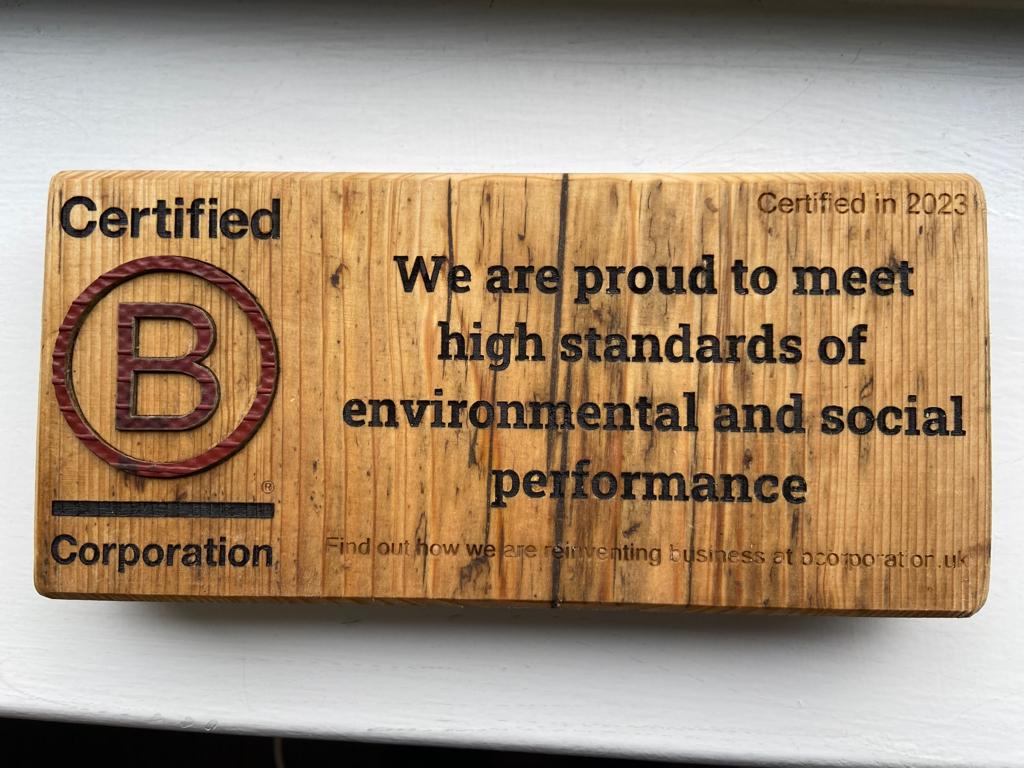Are there issues in your business that slow things down or block progress? If so do you know where your Herbie is?
That’s what Eli Goldratt calls a Bottleneck in his top selling book, ‘The Goal’, which should be a key book to read for any business leader or aspiring manager.
Graham Clark spoke about bottlenecks in the LEAD™ Masterclass he delivered last month and Wikipedia defines a bottleneck as a phenomenon where the performance or capacity of an entire system is limited by a single or limited number of components or resources. The term bottleneck is taken from the 'assets are water' metaphor. As water is poured out of a bottle, the rate of outflow is limited by the width of the conduit of exit—that is, the bottleneck. By increasing the width of the bottleneck you can increase the rate at which the water flows out of the neck at different frequencies.
Every business has a bottleneck. But what business leaders often do not realise is that the bottleneck actually determines the profitability of the company. It lowers the throughput in the most critical value-creating area of your enterprise. As throughput goes down, profitability goes down. This is an amazing eye opener for most people.
Organisations can be measured and controlled by variations on three measures:
1. Throughput - the rate at which the system (e.g. the business) generates money through sales
2. Inventory - all the money that the system has invested in purchasing things which it intends to sell
3. Operational expense - all the money that the system spends in order to turn inventory into throughputUnderstanding how to make sound financial decisions based on throughput, inventory, and operating expense is thus a critical requirement. If you are not convinced then I suggest you read ‘The Goal’. All will become clear.
But how do you spot a bottleneck or a ‘constraint’?
A constraint is anything that prevents the system from achieving more of its goal – in a commercial organisation the goal is to make [more] money. There are many ways that constraints can show up, but the good news is that there are not tens or hundreds of constraints. There is at least one but at most only a few in any given system.
In a factory they are more easily observable as often you will find a lot of material (work-in-progress) in front of the bottleneck. However, in the service sector they are not so visible and as 75% of companies in the UK are non-manufacturing this is a problem for many business leaders. Look out for piles of paper, files or a frustrated worker beavering away while colleagues around are more relaxed.
Constraints can be internal or external to the system. An external constraint exists when the system can produce more than the market will bear. If this is the case, then the organisation should focus on mechanisms to create more demand for its products or services.
An internal constraint is in evidence when the market demands more from the system than it can deliver. If this is the case, then the focus of the organisation should be on discovering that constraint. Types of (internal) constraints to look out for are:
- Equipment: the way equipment is currently used limits the ability of the system to produce more saleable goods/services.
- People: lack of skilled people limits the system. Mental models held by people can cause behaviour that becomes a constraint.
- Policy: a written or unwritten policy prevents the system from making more.
At a more simple level, are there bottlenecks in any of your processes at work?
- Do you produce things that sit in a colleague's inbox for hours or days before they're processed?
- Do things sit in your inbox for days because you're too busy?
- Do you often wait to receive materials, reports, or pieces of information from colleagues, and do these delay tasks that you need to complete?
- Or are you always late sending things to your colleagues?
For each bottleneck situation, identify who – or what – the bottleneck is. Is it you, or someone else, or even an automatic process? Then determine if the process would flow better if inputs to the bottleneck step were reduced.
So what is your bottleneck?
What can you do to better manage the constraint? These are all questions that are often discussed on our LEAD™ program where we assist business leaders with operational strategies, amongst other areas. To find out more about the program, contact us here.
The QuoLux™ Blog brings leading insights to business leaders and managers, with models, tools and techniques that stimulate thinking and provide practical, actionable and valuable approaches. Topics include leadership, management, strategy, leading change, leading teams, employee engagement, Good Dividends and many more. Make it easy for yourself and subscribe to ensure you receive FREE articles like these.




